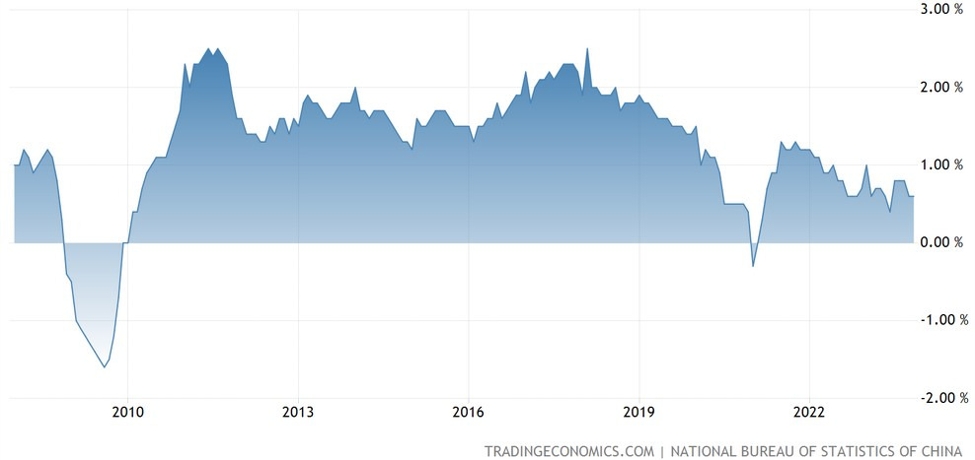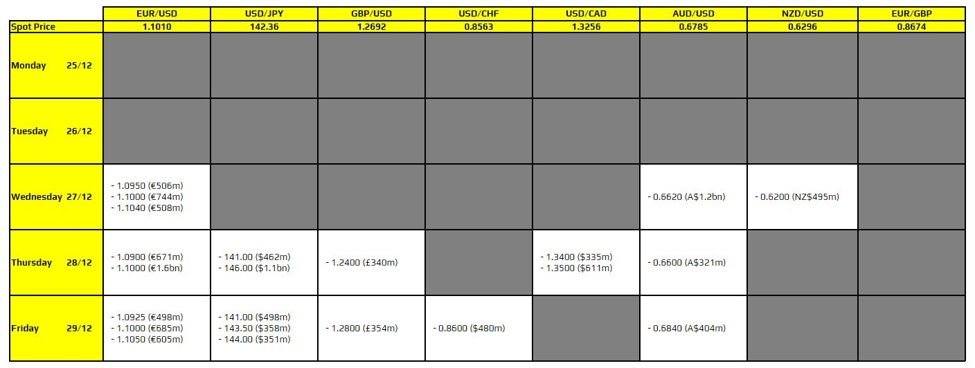It’s a mixed bag of consumer price data, with the annual
inflation rate continuing to cool in September, reaching its lowest level in
three years, though the report was slightly hotter than expected.
The Labor Department reported on Thursday the consumer price
index (CPI) — a broad measure of the cost of everyday items — rose by 0.2% in
September from the previous month and was up 2.4% from a year ago.
Economists predicted that inflation would slow to 2.3%
annually and rise 0.1% month-to-month.
Core prices, which exclude more volatile categories such as
gasoline and food, increased by 0.3% on a monthly basis and 3.3% compared to a
year ago — slightly above the economists’ forecast of 0.2% and 3.2%,
respectively.
High inflation has put significant financial pressure on
most U.S. households. Price hikes are especially tough on lower-income
Americans, who tend to spend a larger portion of their paycheck on necessities,
leaving less room for saving.
A big part of the rise in core inflation in September came
from shelter costs rising 0.2% compared to August. Over the past year, shelter
prices are up 4.9%, accounting for over 65% of the total 12-month increase in
the core inflation (excluding food and energy).
Other areas with notable price increases over the past year
include vehicle insurance (+16.3%), medical care (+3.3%), personal care (+2.5%)
and apparel (+1.8%). Food prices also went up, increasing by 0.4% on a monthly
basis and 2.3% year over year.
Overall, the report shows that inflationary pressures in the
U.S. economy are continuing to ease, though prices remain above the Federal
Reserve’s 2% target. This keeps the Federal Reserve on course for its next
interest rate cut. The U.S. central bank is set to meet in November and is
expected to lower borrowing costs by another 25 basis points.
Markets however didn’t celebrate the slowing price growth.
Instead, stocks showed mixed reactions, with a modest selloff happening right
after the report was released. Later, buying picked up, and the three major
indexes — S&P 500,
Dow, and Nasdaq — recovered most of their intraday losses but still closed in
the red. Meanwhile, the U.S. dollar strengthened, with DXY rising above 103,
marking its ninth consecutive day of gains.
Policymakers have also expressed concerns about growing
risks in the labor market, and for good reason.
Initial unemployment claims took an unexpected jump, hitting
a seasonally adjusted 258,000 for the week ending October 5. That is the
highest total since August 5, 2023, with a gain of 33,000 from the previous
week, well above the forecast of 230,000.
Continuing claims, which are tracked a week behind, rose to
1.861 million, an increase of 42,000.
The jobless claims figures follow the damage
from Hurricane Helene, which hit on September 26 and affected much of the
Southeast. Florida and North Carolina, two of the hardest-hit states, posted a
combined increase of 12,376.
A strike
by 33,000 Boeing workers may have also influenced the numbers. Michigan saw
the largest increase in claims, up by 9,490 for the week.















